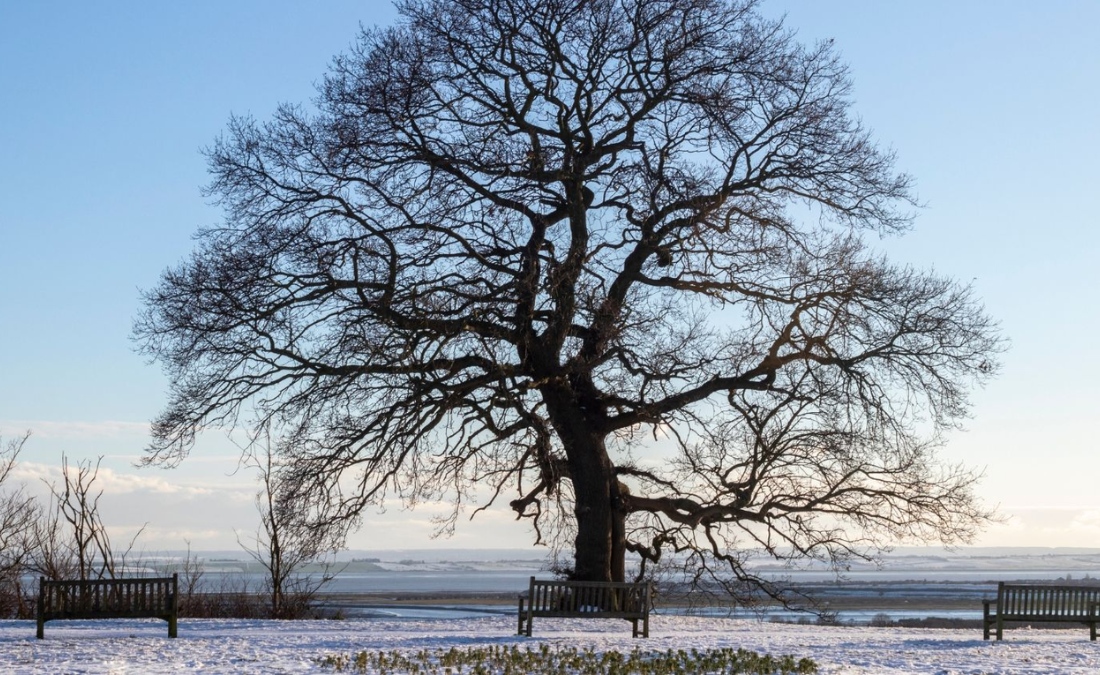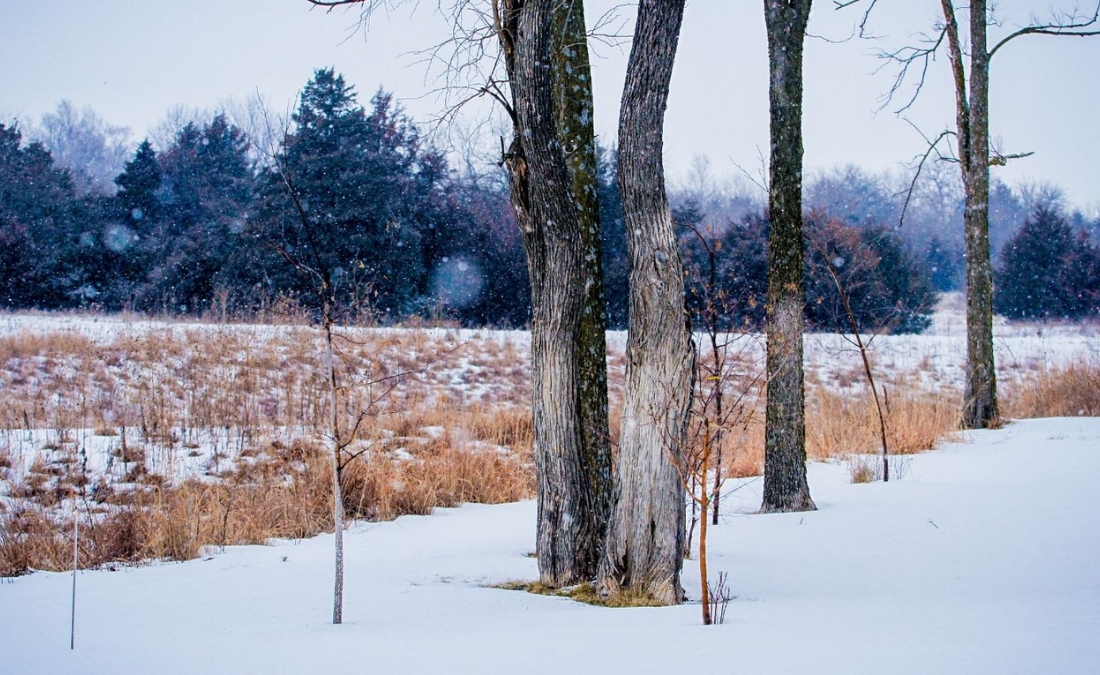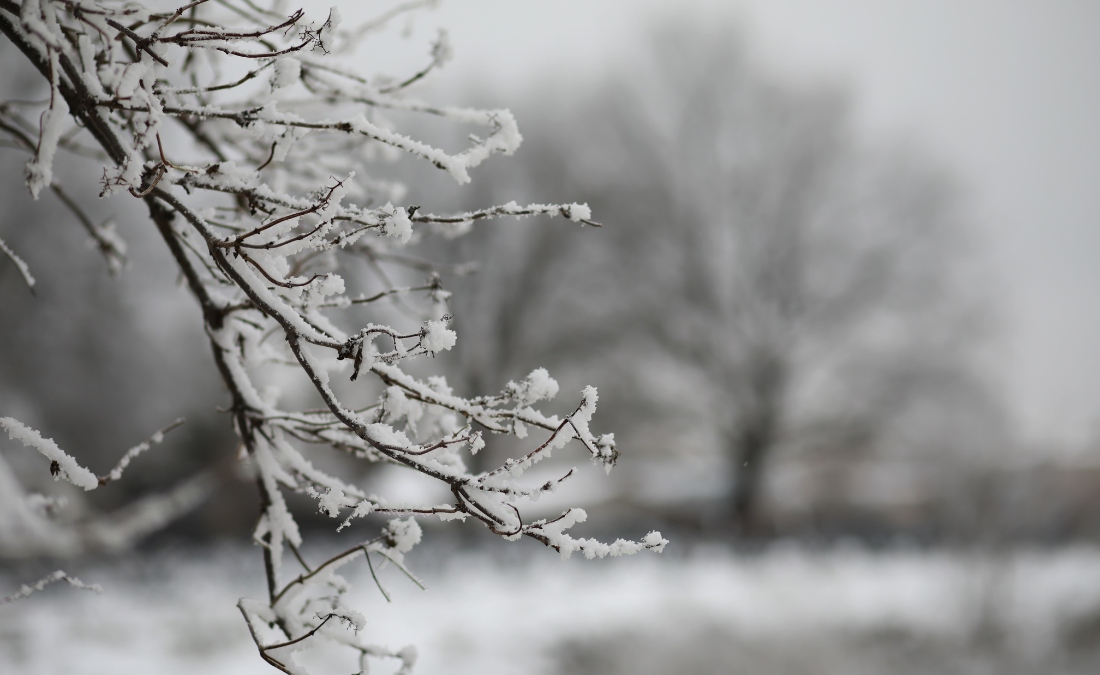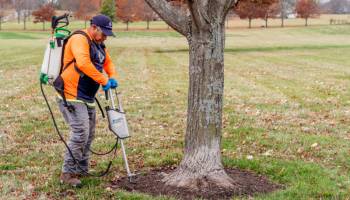6 Warning Signs Your Tree May Be Dead or Dying in Kansas City
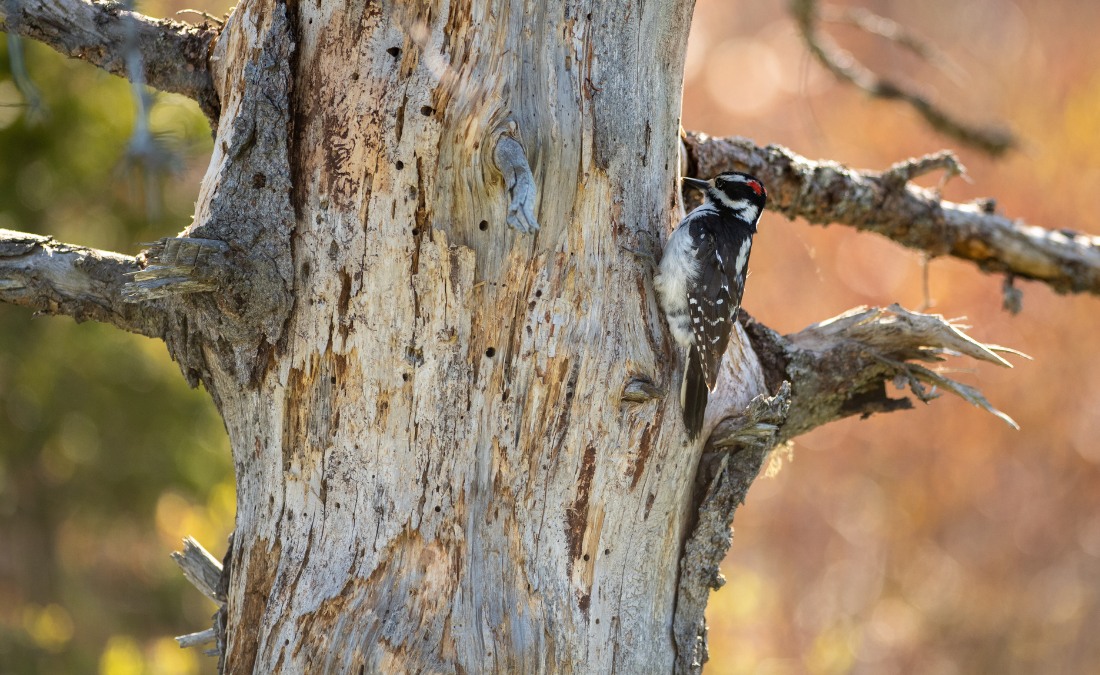
Dead or dying tree? Don’t wait for it to fall. Learn the top 6 warning signs and when to call for safe, professional tree removal in Kansas City.
Kansas City trees deal with a lot – intense heat, sudden cold snaps, pests, disease, and frequent drought. And when the stress piles up, even the strongest tree can start to decline, quickly shifting from an asset to a liability. Dead or dying trees are unstable, and when storm season hits, they’re far more likely to break or fall. Here’s how to spot the signs of trouble early and how to protect your Kansas City property.
Key Takeaways
- Kansas City trees face multiple environmental threats, including droughts, urban heat from climate change, and problematic clay soil that compacts easily and can cause root problems.
- Early detection can save time and money – knowing what to look for helps you act before a dying tree becomes a hazard or leads to costly emergency removal.
- Typical warning signs of a dead or dying tree include fallen branches, peeling bark, fungi development, new leaning, trunk wounds, and lack of leaves.
- Dead trees pose safety risks and require removal if located near structures or utility lines, though you could leave them standing in open areas to provide wildlife habitat.
Why Trees Are Dying in Kansas City
Trees across North America are under pressure – and Kansas City is no exception. From urban stress to shifting weather patterns, multiple factors are stacking up and making it harder for trees to survive. Here in Kansas City, some of the biggest threats to tree health include:
- Drought: Dry spells are nothing new in Clay County. In fact, our region regularly experiences drought or abnormally dry conditions. When trees go long periods without water, they become stressed, and that makes them more vulnerable to pests, disease, and decline.
- Heat and Climate Change: Kansas City trees are feeling the heat – literally. Urban heat combined with long-term climate shifts is putting serious strain on local trees. Extended periods of extreme temperatures can cause trees to shut down completely, and some never bounce back.
- Soil Challenges: Much of Kansas City sits on heavy clay soil. While clay holds nutrients well, it compacts easily and can retain too much water, suffocating roots. And without strong, healthy roots, trees simply can’t survive.
6 Common Signs of a Dead or Dying Tree
Not every dead or dying tree looks obviously dead – and waiting for it to fall on its own is not a good strategy. Many dying trees in Kansas City stand upright with leaves in the canopy, giving homeowners a false sense of security.
If you’re not sure whether a tree is declining or just going through seasonal changes, here are six sings to watch for. Catching these early can save you from expensive damage – or at least help you plan for safe removal.
1. You Spot Broken or Fallen Branches Around the Tree
A healthy tree can hold up to wind, rain, and weather. But when you start seeing dead, brittle branches on the ground, especially after only mild wind or no storm at all, it may signal internal decline.
Some occasional fallen limbs after a Kansas City storm are normal. But if it’s happening repeatedly, your tree could be in trouble. Have an arborist inspect it right away to determine if it’s dying or dead and needs to be removed.
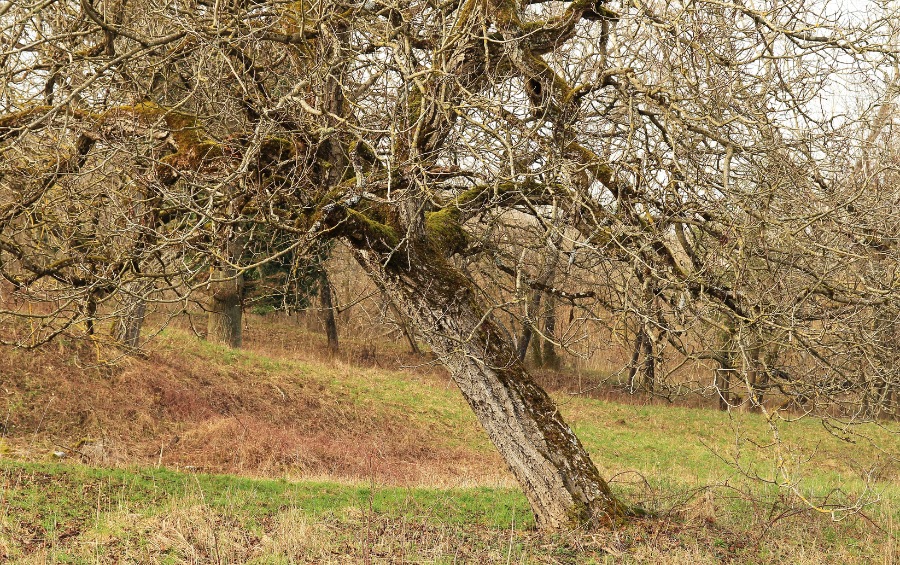
2. The Tree Is Leaning More Than Usual
A slight lean in a tree isn’t always a problem, especially if it’s grown that way over time. But a new or worsening lean could point to serious issues underground.
Tree roots provide stability, hydration, and nutrients. When they die, whether that’s due to pests, disease, or construction damage, the tree loses its anchor. Add Kansas City’s stormy weather into the mix, and you’ve got a real hazard. If a tree suddenly starts to lean, especially after a storm, have it checked immediately. It could be dying from the roots up.
3. Bark is Peeling, Cracking, or Falling Off
Some trees naturally shed bark, like river birch. But if bark is falling off unexpectedly or in large sections, it could be a symptom of something more serious, including:
- Heat stress
- Frost or sunscald injuries
- Disease or pest problems
Whatever the reason for the bark peeling off your tree, it is a cause for concern. It may be the sign your tree is dying and that you need to remove it.
4. Mushrooms Are Growing at the Tree’s Base
Fungi at the base of a tree may look harmless, but they’re often a sign of internal decay or root rot – both of which are major threats to tree stability.
That said, not all mushrooms are problematic. A professional inspection is the best way to find out whether your tree is structurally sound or at risk of failure.
5. There Are Cracks, Splits, or Large Wounds in the Trunk
Tree trunks with deep splits, cracks, or gaping wounds are a major red flag. Some damage, like a string trimmer nick or insect holes, might be minor. But if more than 25% of the bark is damaged, it’s unlikely the tree will recover.
Prompt removal is often the safest option for trees with large wounds or severe trunk damage.
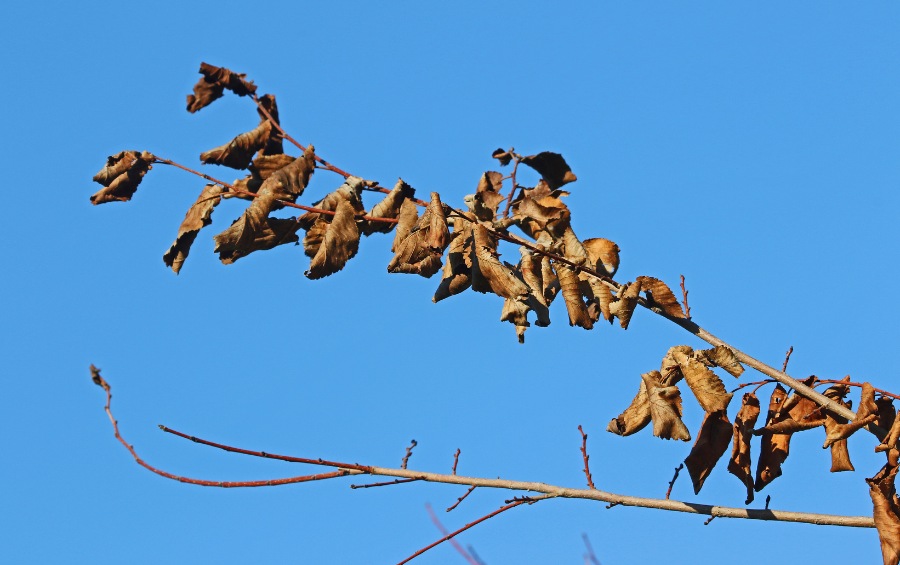
6. The Tree Has No Leaves or Dead Leaves Still Hanging in the Canopy
One of the most obvious signs of a dead or dying tree is a bare canopy during the growing season. If your tree isn’t producing new leaves in spring or early summer, or if the leaves are brown, brittle, and clinging to the branches long after fall, it’s a strong indicator that the tree is dead.
In these cases, an arborist can determine if it’s too far gone or if it can be revived.
Frequently Asked Questions About Dead or Dying Trees
Many homeowners call us with questions about whether their tree is dead or alive. To help you know what to look for and the importance of catching the signs of a dying tree early, we’ve answered some of the common questions we get from our customers.
Is removal the only thing you can do for a dying tree?
No, you do not need to jump straight to removal when your tree starts showing signs of decline. Some tree preservation services can help rescue a dying tree, such as:
- Air spading to break up compacted soil
- Root flare excavation to avoid decay
- Root pruning to remove girdling roots
- Insect and disease treatments
Of course, if a tree is already dead, there is no way to save it.
Can I leave a dead tree standing on my property?
It depends on where the tree is located. If it’s far from your home, driveway, or utility lines, you may be able to leave it standing. Dead trees can provide valuable habitat for birds, squirrels, and other wildlife. But if there’s any chance it could fall on a structure or injure someone, it’s safest to have it removed by a professional. Even trees that look stable can fail without warning, especially after a storm or during high winds.
What are some ways to prevent my Kansas City trees from dying?
Keeping a tree from dying often involves preventing problems in the first place. Some of the services that can help keep your tree healthy and thriving include:
- Regular pruning
- Fertilization when there is a nutrient deficiency
- Insect and disease preventive treatments
- Structural support installation for weak sections
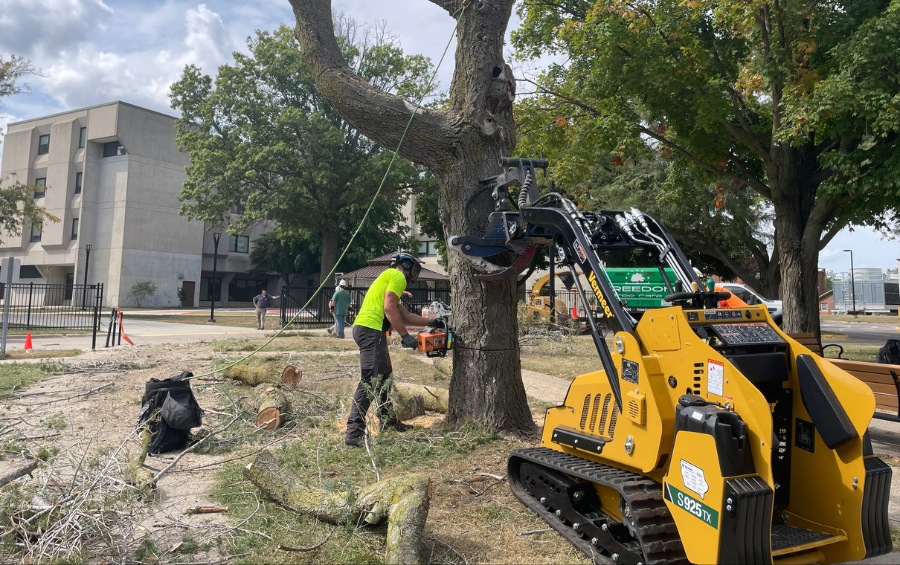
Don’t Let Dead Trees Put Your Home at Risk, Let Arbor Masters Remove Them Today
A dead or dying tree is a constant source of anxiety, especially when it’s near your home. Being aware of what to look for can be the difference between proactively removing a dead tree that is still standing and having it land on your car or home. If any of the signs in this article sounded familiar, don’t wait to get help from the team at Arbor Masters.
Our tree care experts will determine if your tree is dead or dying and safely remove it. Call us today at 913-441-8888 or request a quote online.

Get the latest local news, tree care tips, special offers, and company updates directly to your inbox! It's easy to subscribe and there's no spam - we promise.
"*" indicates required fields


